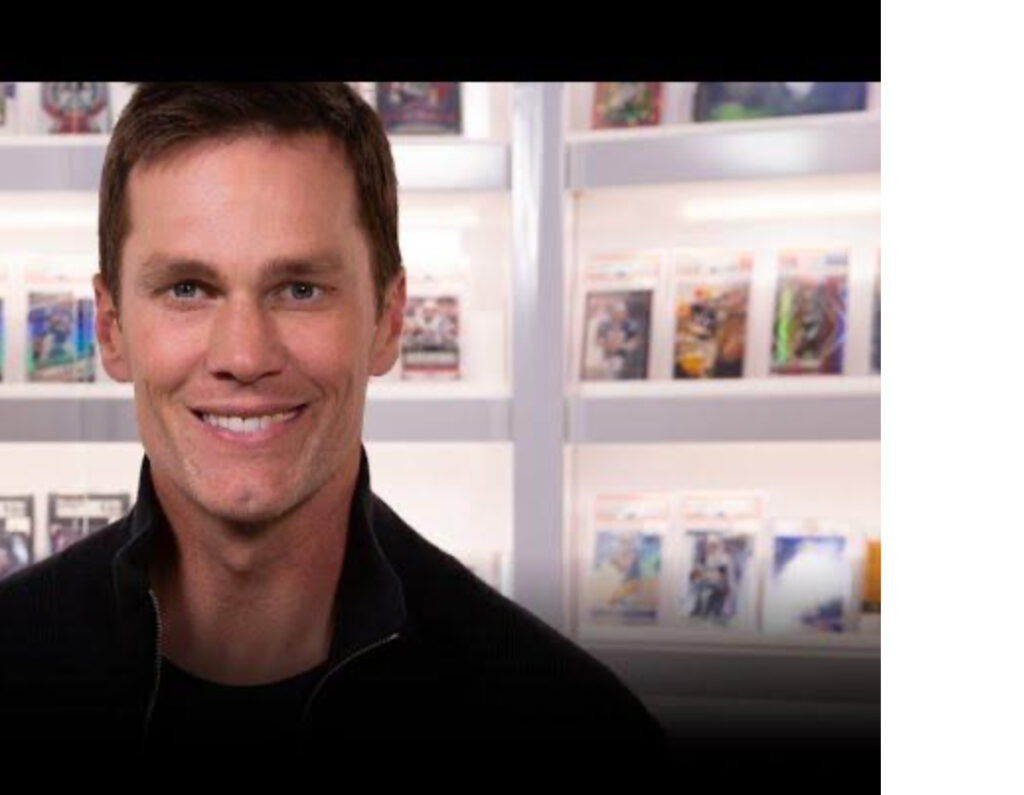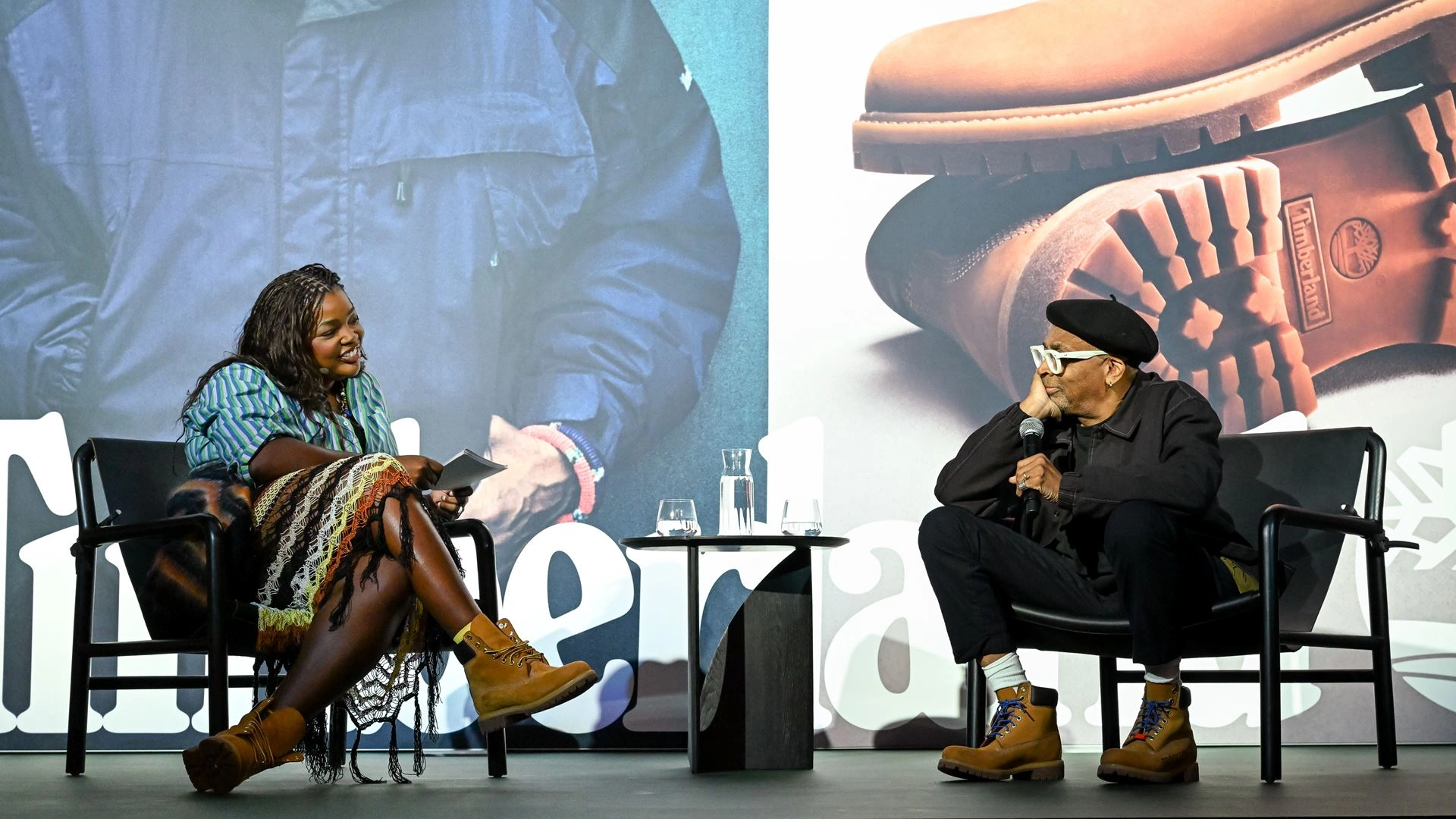In the ever-evolving landscape of sports and culture, there are few names that echo louder than Tom Brady. The seven-time Super Bowl champion, widely regarded as the greatest quarterback in NFL history, has long been synonymous with excellence, endurance, and obsession with detail. But in 2025, Brady’s brand has begun extending beyond the gridiron in unexpected ways—most notably, into the world of trading cards and memorabilia. That evolution took center stage with the launch of Card Shopping, a new series hosted by Complex’s Joe La Puma, filmed inside CardVault by Tom Brady, located in the heart of New Jersey’s sprawling American Dream Mall.
For the premiere episode, there could be no more fitting guest than Brady himself. The idea is simple but culturally resonant: pair a well-known sports or entertainment figure with a high-end card and collectibles environment, and have them explore their personal history through the lens of trading cards. But when that figure is Tom Brady—a man whose very image has become a cornerstone of the modern collecting boom—the experience becomes something more than content. It becomes history recontextualized.
Childhood Hustles and Getting Fleeced in San Mateo
The episode opens in a lighthearted way, with Brady reflecting on his early memories of collecting cards as a kid growing up in San Mateo, California. “I used to ride my bike to the corner store and pick up packs for a dollar,” he says. “We didn’t have sleeves or cases. We’d rubber-band ’em together, stack ’em up, trade ’em at lunch.”
Brady talks candidly about how he “got fleeced all the time” during neighborhood trades. It’s a sentiment that resonates with anyone who grew up during the analog era of collecting—when scarcity was determined not by print runs or population reports, but by the kids who had what you wanted and knew they could charge you double in playground currency.
What’s most striking, though, is not just the nostalgia, but how Brady’s early experiences as a collector echo the traits that would define him as an athlete: a respect for history, an unrelenting curiosity, and a tendency to learn through loss.
Rookie Cards and the Evolution of Value
As La Puma guides Brady through the CardVault, the two stop at a curated selection of his most iconic cards—many from his rookie season in 2000, when he was drafted 199th overall by the New England Patriots. Brady is visibly humbled by the sight of these now-priceless slabs, which routinely fetch six-figure sums at auctions.
“There were a lot of people who didn’t believe in me,” he says. “That’s why seeing these cards now… it’s surreal. Back then, nobody would’ve picked these up thinking they’d matter.”
They examine the legendary 2000 Playoff Contenders Championship Ticket rookie card—arguably the holy grail of modern football collecting. Brady, ever the strategist, notes its understated design and how it almost mirrors his entry into the league: unassuming, but destined to dominate.
The conversation shifts to the nature of value—not just in monetary terms, but cultural and emotional ones. In Brady’s mind, the true worth of a card isn’t just about rarity or grade; it’s about what it represents. “Every card is a moment. A promise. A projection of what someone could become.”
Cultural Icons: Mickey Mantle and Michael Jordan
The episode’s emotional peak arrives when Brady and La Puma discuss the 1952 Topps Mickey Mantle, a card so storied it feels mythic. Often called the Mona Lisa of sports cards, the Mantle rookie evokes a reverence that transcends baseball. It’s not just about the player—it’s about the American psyche, post-war optimism, and the very foundation of hobby culture.
Brady is quick to draw a parallel: “Mantle was a guy who played through pain, who gave people something to believe in. That card is like a symbol of what sports meant in the ‘50s. I hope my cards do something like that for this generation.”
He follows up with a story even more jaw-dropping—recounting the time Michael Jordan sent him 120 pairs of sneakers. There’s awe in his voice, even now. “I was like, ‘What am I supposed to do with these?’ It was MJ’s way of saying, ‘I see you.’” It’s a small moment, but a symbolic one—one titan recognizing another. And in the world of collecting, their legacies are often intertwined. Jordan’s 1986 Fleer rookie card remains a fixture of sports investment portfolios, while Brady’s rookies have come to define the modern NFL card era.
The Psychology of Collecting
What Card Shopping does better than most hobby content is zero in on the why. Why do athletes collect? Why do fans care so much? Why do some pieces of cardboard mean more than others?
For Brady, it’s a matter of legacy and personal connection. “These cards aren’t just pictures of us,” he explains. “They’re part of our journey. You can hold one in your hand and remember where you were when you signed it, or what you were feeling before that game.”
He also speaks to the generational aspect of collecting. “My kids are into it now. It’s a way for us to connect. They don’t remember me in my rookie year—but when I show them the card, it opens a door.”
This theme of continuity—of bridging eras through ephemera—is what makes the show sing. For a brief moment, the viewer gets to feel what it means to be both immortalized and understood.
CardVault by Tom Brady: More Than a Retail Space
It’s worth noting that the location of the episode isn’t incidental. CardVault by Tom Brady isn’t just a setting—it’s part of Brady’s broader post-retirement empire, a place where collecting meets lifestyle branding. With its sleek design, curated showcases, and high-end inventory, CardVault is both a boutique and a beacon for serious collectors.
Inside the American Dream Mall—a sprawling consumer utopia in East Rutherford, New Jersey—the shop exists at the intersection of nostalgia and new luxury. And Brady’s involvement isn’t superficial. He’s invested in the hobby, not just as a brand, but as a believer. This isn’t an athlete slapping his name on a project. This is someone who understands that cards are both artifacts and anchors—physical reminders of intangible greatness.
The Big Purchase and What It Means
Toward the end of the episode, the cameras catch Brady making a purchase of his own. The card is never explicitly named, but the act itself is revealing. The greatest quarterback of all time—whose own rookie cards can command more than a Manhattan condo—still gets excited about adding to his personal collection.
This isn’t about wealth. It’s about wonder.
And that’s what Card Shopping captures so effectively: the moment when passion overpowers price, when memory becomes tangible. It’s a show about collectors, yes—but more importantly, it’s about why we collect.
The Rise of Card Culture and Athlete-Led Media
This premiere also marks something bigger: the normalization of trading cards as a form of storytelling, status, and investment. Once relegated to plastic bins at flea markets, cards are now sold at Sotheby’s, discussed on Wall Street, and—now—framed by the very athletes who inspired them.
Brady is far from alone. In recent years, stars like Kevin Durant, Shohei Ohtani, and even LeBron James have leaned into card culture. But Brady’s presence lends the movement a gravitas it hasn’t yet had. He’s not just a participant. He’s a protagonist.
And with Joe La Puma—already known for fusing sneaker culture with intimate celebrity storytelling via Sneaker Shopping—at the helm, the format is in expert hands. If Card Shopping follows a similar trajectory, it could well become the definitive media touchstone for the collectibles movement.
A New Chapter in the Brady Legacy
In a way, this episode feels like a soft-launch for Brady’s next phase—not as a player, but as a curator of modern sports culture. He’s done it all on the field. Now, he’s archiving his own mythology. And in doing so, he’s elevating the culture of collecting from niche obsession to national conversation.
As he puts it: “Football’s always been about moments. So are cards. That’s why they’ll never go away.”
In an age of ephemeral media and short attention spans, Card Shopping offers something tactile, something grounded—something you can hold in your hand and say, “This meant something.”
And for Tom Brady, that’s not just a concept. It’s a calling.
No comments yet.








